Border Patrol may be tracking drivers with secret cameras
The cameras are reportedly hidden in objects like traffic safety cones

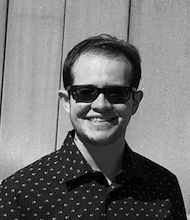
U.S. Border Patrol may have more eyes on Americans than most people realize, especially on the nation’s roadways. The agency has been using a series of hidden cameras, equipped with license plate readers, to track vehicles, according to a recent investigation. While this program was initially designed for crimes related to border crossings, it seems to have taken on a much broader role in recent years.
Flagging ‘suspicious’ driving patterns
The program uses a “network of cameras” that “scans and records vehicle license plate information,” according to an investigation by The Associated Press. An algorithm built into the cameras reportedly “flags vehicles deemed suspicious based on where they came from, where they were going and which route they took.” Federal agents may then share this information with local law enforcement.
Drivers may then find themselves pulled over for “reasons cited such as speeding, failure to signal, the wrong window tint or even a dangling air freshener blocking the view,” with “no inkling that the roads they drove put them on law enforcement’s radar,” said the AP. The cameras capturing these license plates may be hidden in everyday objects along the road, such as traffic cones and electrical boxes.
The Week
Escape your echo chamber. Get the facts behind the news, plus analysis from multiple perspectives.

Sign up for The Week's Free Newsletters
From our morning news briefing to a weekly Good News Newsletter, get the best of The Week delivered directly to your inbox.
From our morning news briefing to a weekly Good News Newsletter, get the best of The Week delivered directly to your inbox.
These cameras have been “deployed far beyond the agency's traditional 100-mile jurisdiction, including in major cities and metropolitan areas such as Chicago, Detroit, Los Angeles, San Antonio and Houston,” said Newsweek. While Border Patrol generally keeps to within the 100-mile radius, they are “legally permitted ‘to operate anywhere in the United States,’” said U.S. Customs and Border Protection in a statement.
‘Broader, quieter shift’
This program was reportedly started nearly a decade ago as part of an effort to counter crime on the U.S. border. But it has since undergone a “broader, quieter shift” into a more wide-scale program and is now “something more akin to a domestic intelligence operation,” said NewsNation. Border Patrol will reportedly get more than $2.7 billion from the Trump administration to “build out border surveillance systems like the license plate reader network,” many of which incorporate artificial intelligence. Border Patrol has also allegedly gone to great lengths to keep details of the program under wraps and has been “hiding any references to the program in court documents and police reports,” said The Hill.
These new revelations about the technology are also coming as the White House “continues its crackdown on illegal immigration across several Democratic-led cities, including Los Angeles, Chicago and, most recently, Charlotte, North Carolina,” said The Hill. The program is as “massive and invasive as it seems,” immigration attorney Robert Armstrong told NewsNation. The “actions that the CBP has been taking to hide this program speak for themselves, right? They’ve worked really hard to keep the program, the way it’s deployed, where it’s deployed, etc., very hush-hush.”
The government has admitted, without providing details, that this program is ongoing. Border Patrol’s “mission is complex and relies on a layered mix of personnel, technology and infrastructure to detect illicit activity while supporting lawful trade and travel,” Customs and Border Protection said in a statement. The agency is “governed by a stringent, multi-layered policy framework, as well as federal law and constitutional protections, to ensure the technology is applied responsibly.”
A free daily email with the biggest news stories of the day – and the best features from TheWeek.com
Justin Klawans has worked as a staff writer at The Week since 2022. He began his career covering local news before joining Newsweek as a breaking news reporter, where he wrote about politics, national and global affairs, business, crime, sports, film, television and other news. Justin has also freelanced for outlets including Collider and United Press International.
-
 Film reviews: ‘Marty Supreme’ and ‘Is This Thing On?’
Film reviews: ‘Marty Supreme’ and ‘Is This Thing On?’Feature A born grifter chases his table tennis dreams and a dad turns to stand-up to fight off heartbreak
-
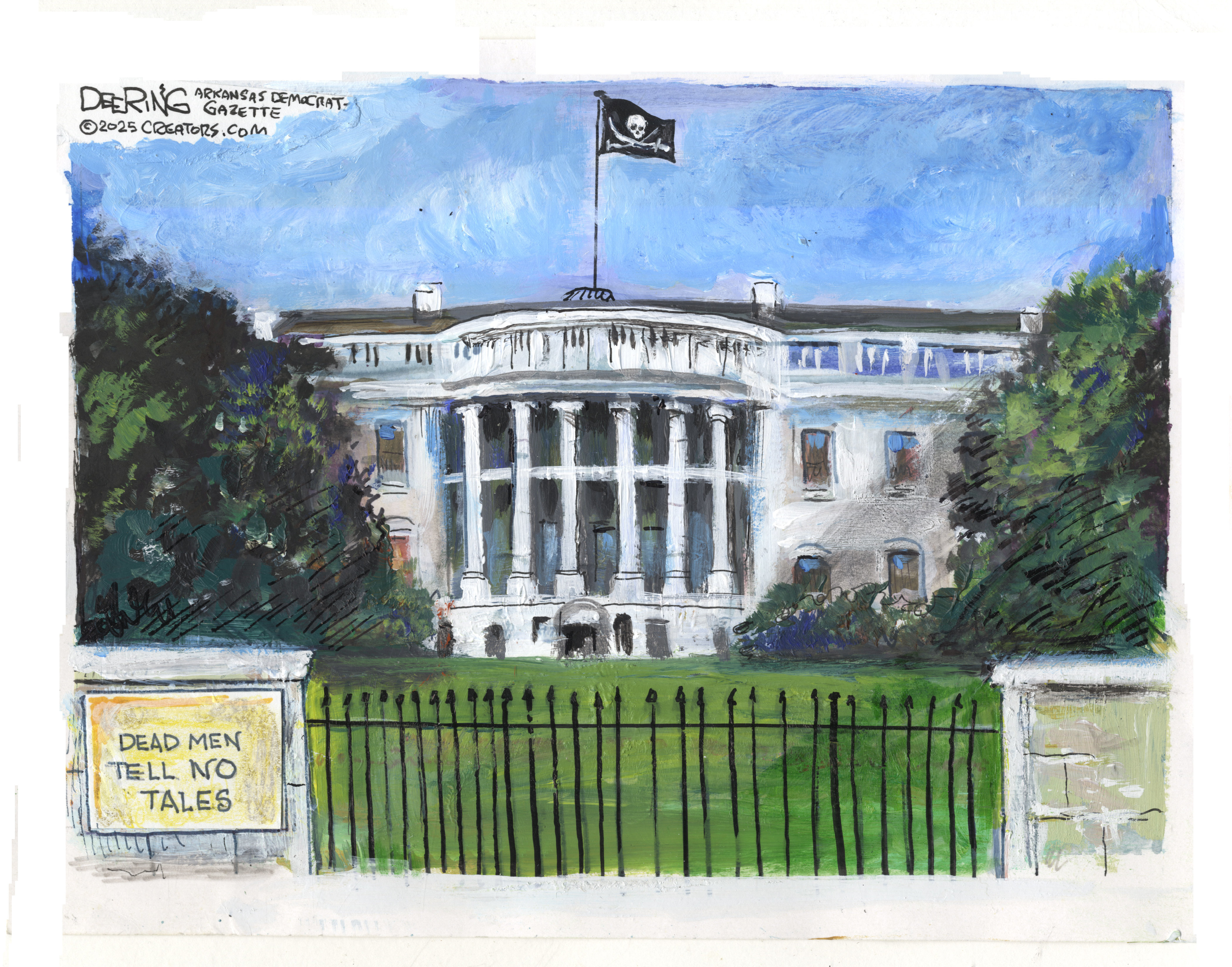 Political cartoons for December 14
Political cartoons for December 14Cartoons Sunday's political cartoons include a new White House flag, Venezuela negotiations, and more
-
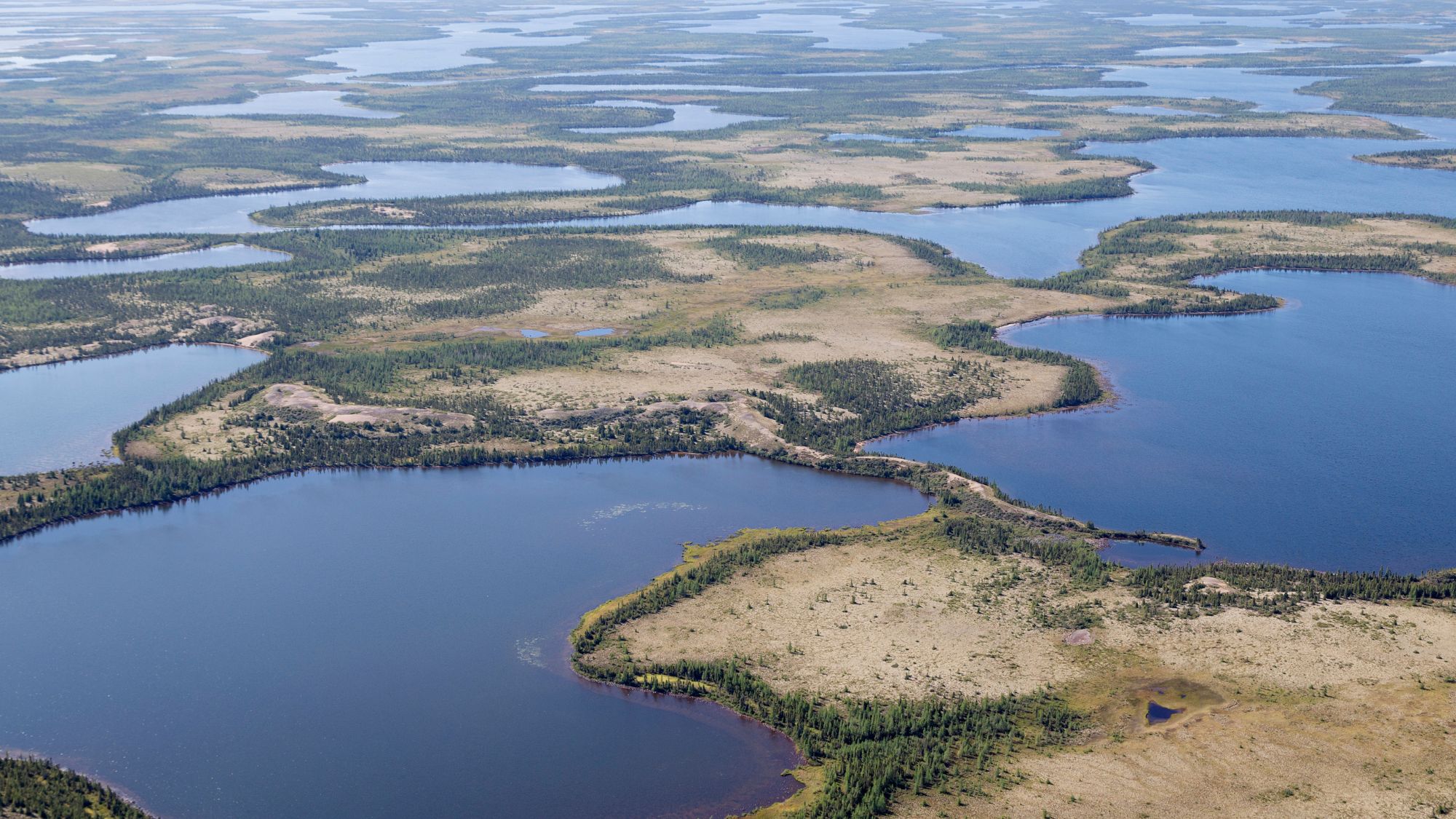 Heavenly spectacle in the wilds of Canada
Heavenly spectacle in the wilds of CanadaThe Week Recommends ‘Mind-bending’ outpost for spotting animals – and the northern lights
-
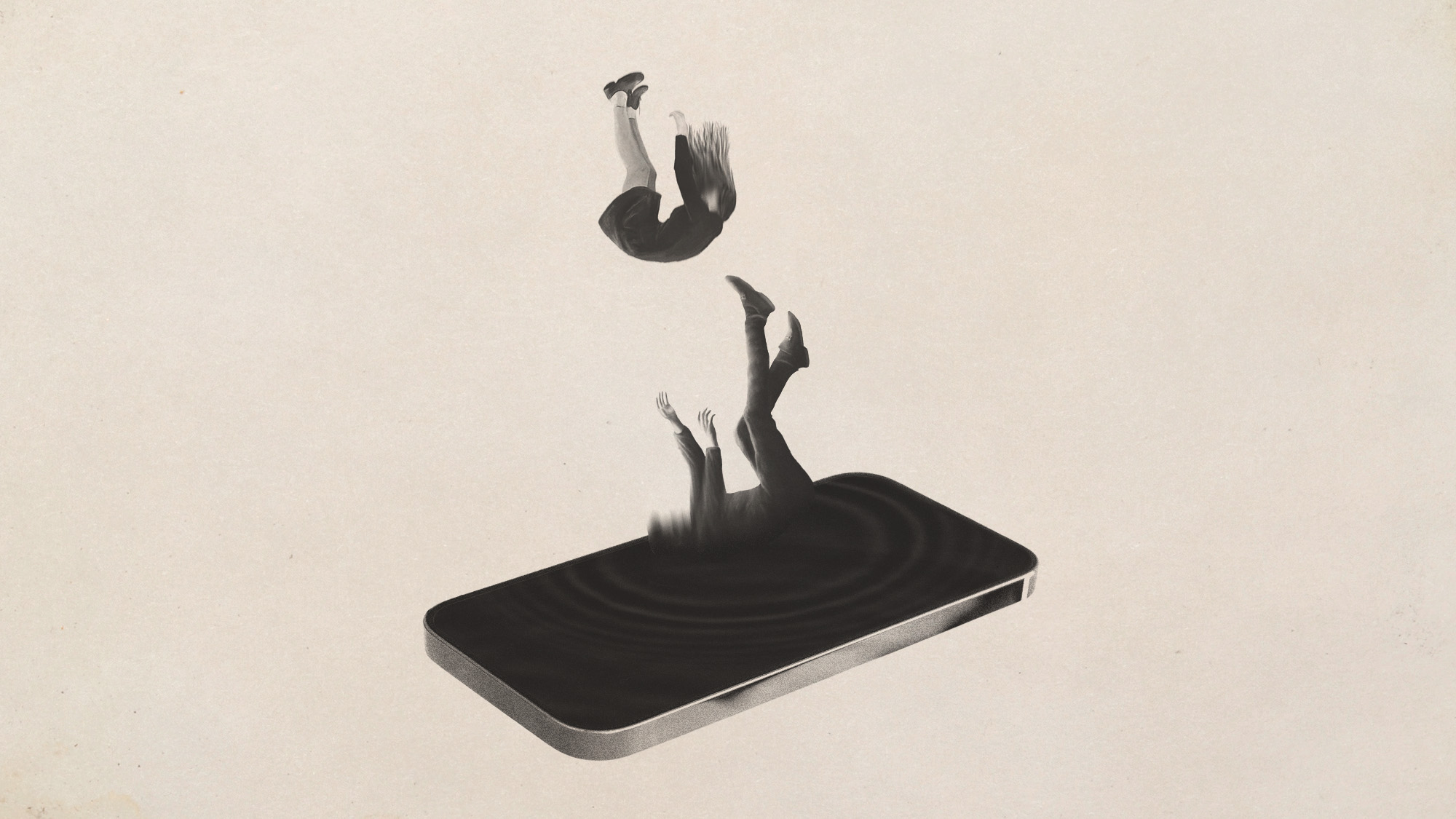 Digital addiction: the compulsion to stay online
Digital addiction: the compulsion to stay onlineIn depth What it is and how to stop it
-
 Grok brings to light wider AI antisemitism
Grok brings to light wider AI antisemitismIn the Spotlight Google and OpenAI are among the other creators who have faced problems
-
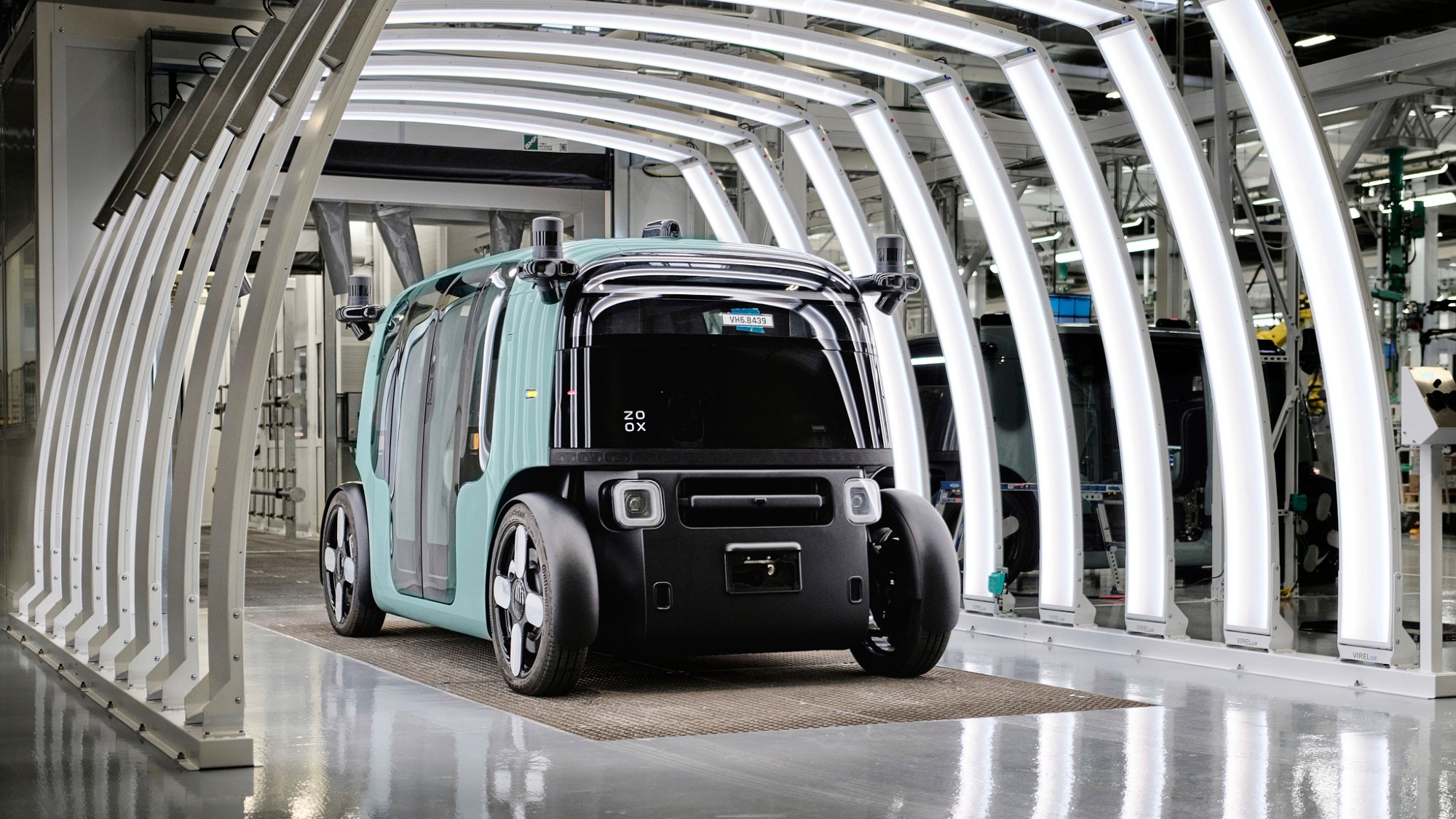 Amazon's robotaxi looks to be Waymo's biggest competitor
Amazon's robotaxi looks to be Waymo's biggest competitorIn the Spotlight The company recently opened a new robotaxi production plant in California
-
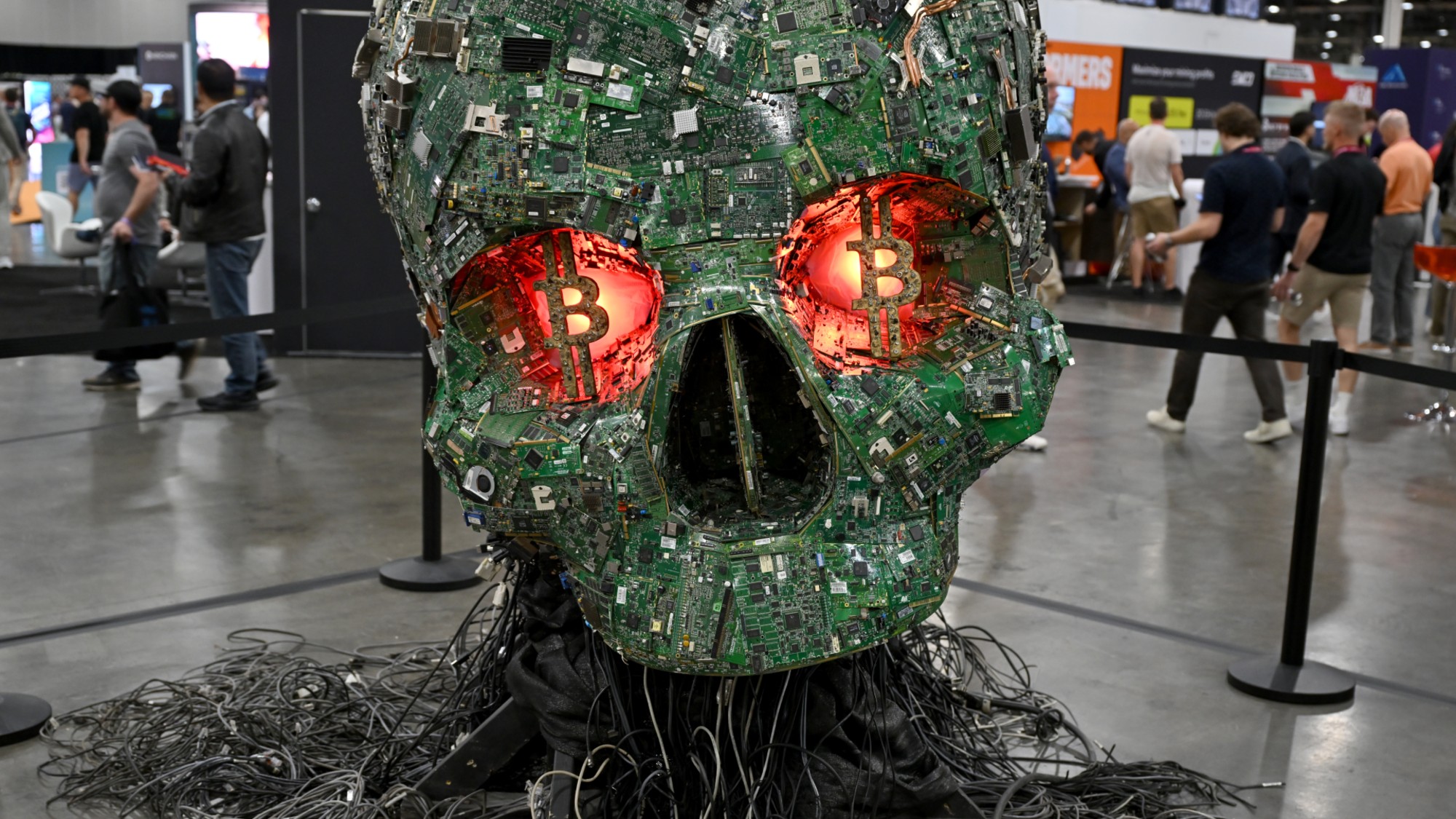 Bitcoin braces for a quantum computing onslaught
Bitcoin braces for a quantum computing onslaughtIN THE SPOTLIGHT The cryptocurrency community is starting to worry over a new generation of super-powered computers that could turn the digital monetary world on its head.
-
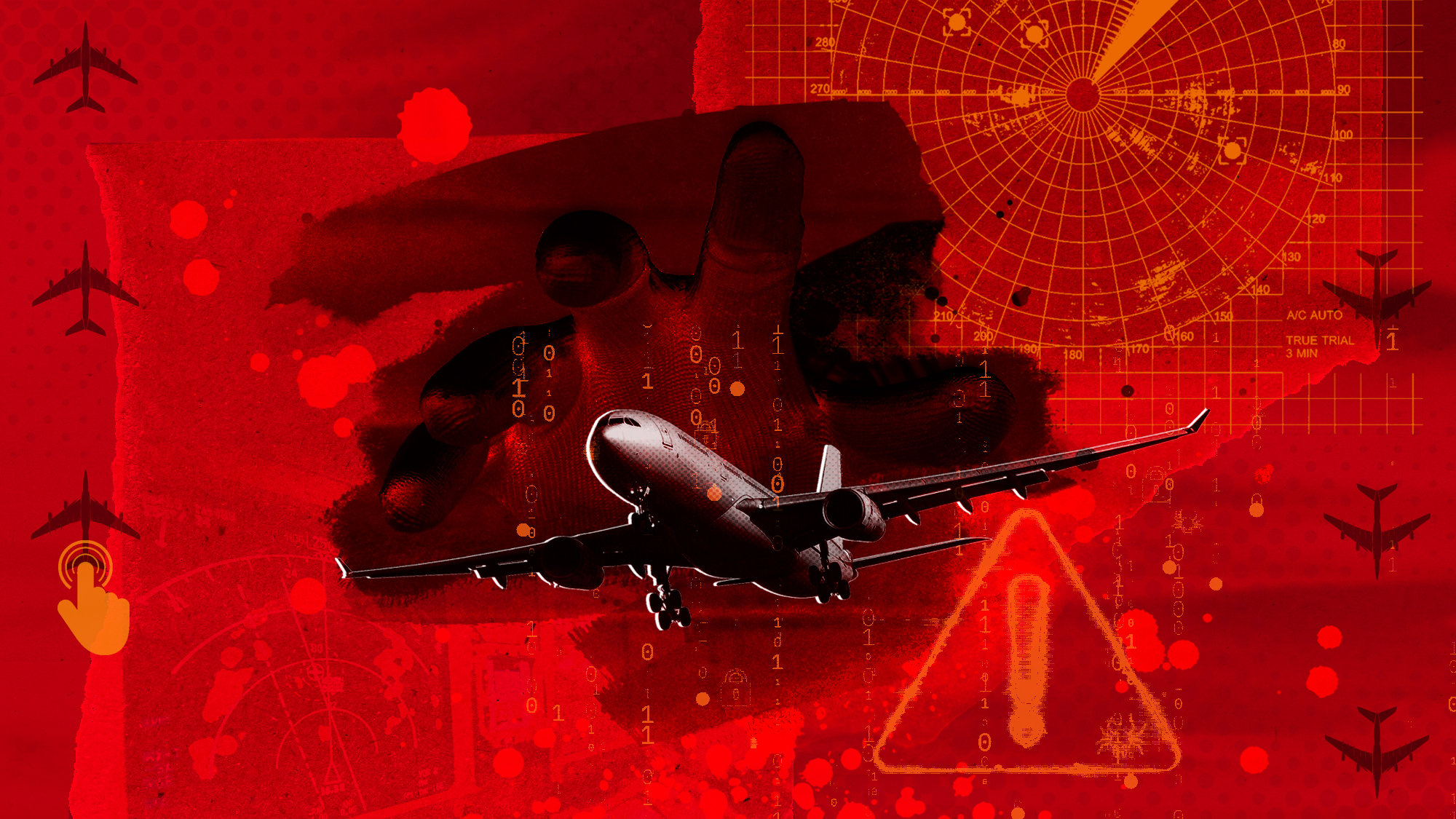 Airplane crash-detection systems could be vulnerable to hackers
Airplane crash-detection systems could be vulnerable to hackersUnder the Radar 'The idea scares the shit out of me,' one pilot said
-
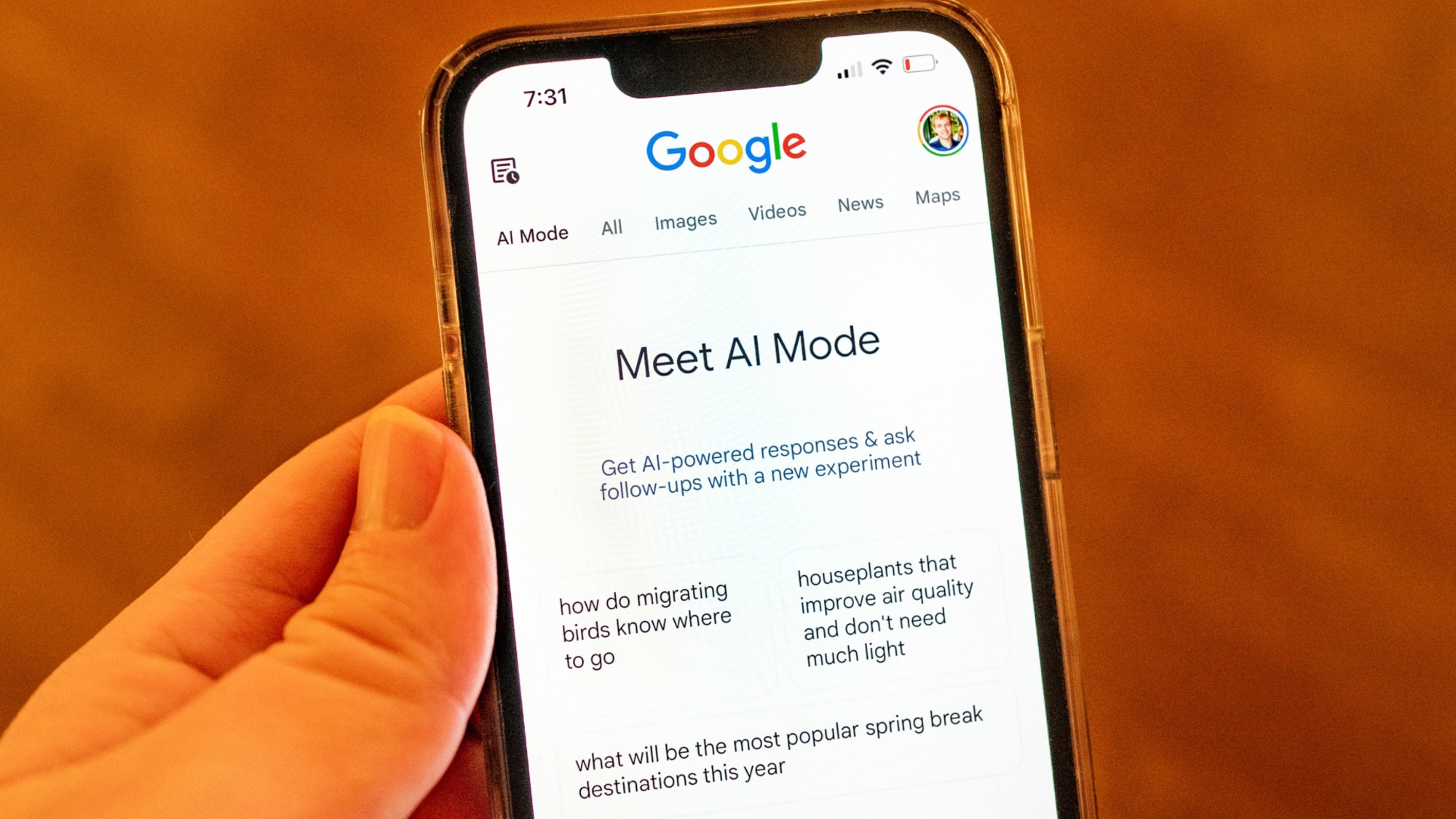 Google's new AI Mode feature hints at the next era of search
Google's new AI Mode feature hints at the next era of searchIn the Spotlight The search giant is going all in on AI, much to the chagrin of the rest of the web
-
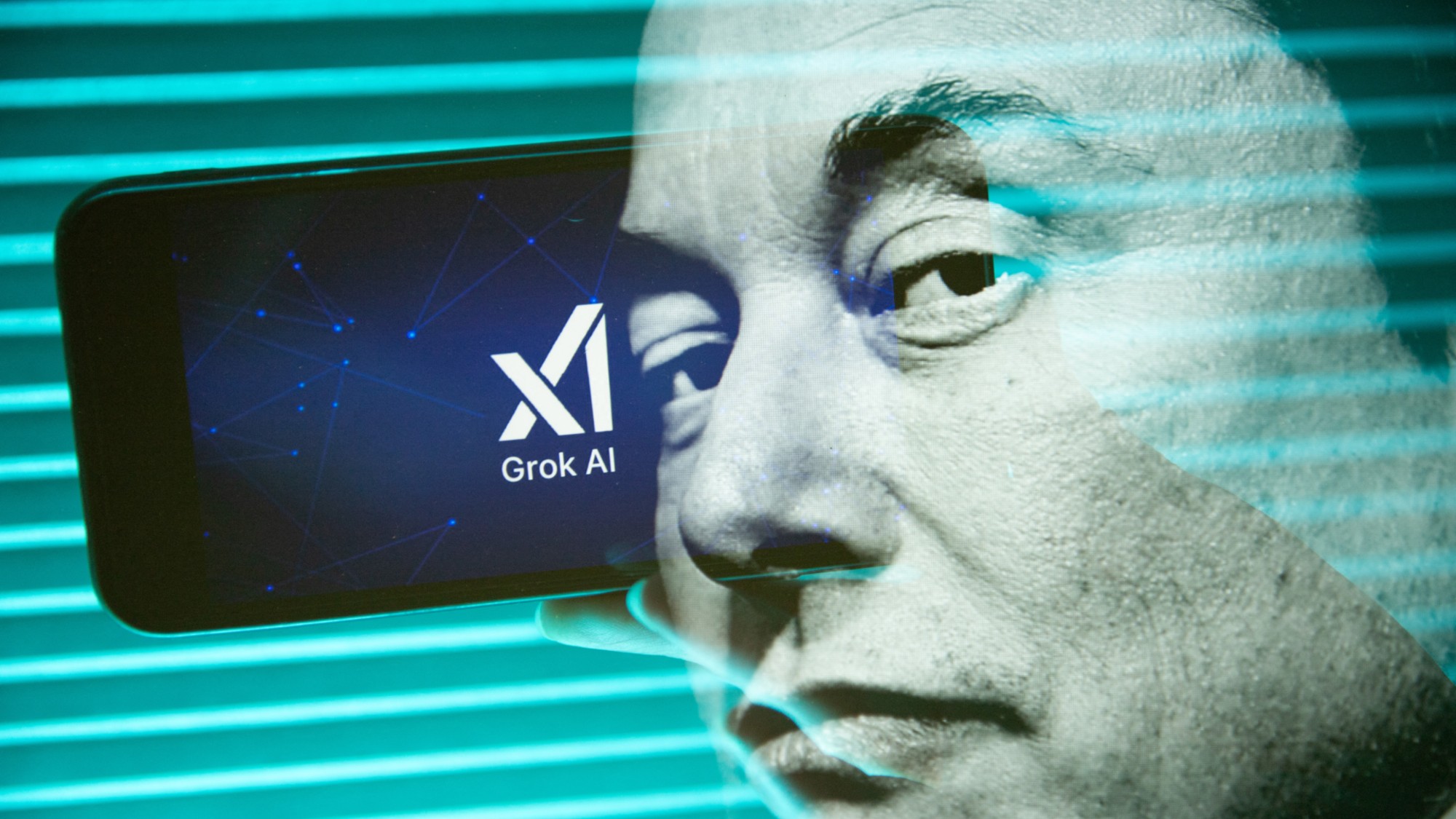 What Elon Musk's Grok AI controversy reveals about chatbots
What Elon Musk's Grok AI controversy reveals about chatbotsIn the Spotlight The spread of misinformation is a reminder of how imperfect chatbots really are
-
 Inside the FDA's plans to embrace AI agencywide
Inside the FDA's plans to embrace AI agencywideIn the Spotlight Rumors are swirling about a bespoke AI chatbot being developed for the FDA by OpenAI
